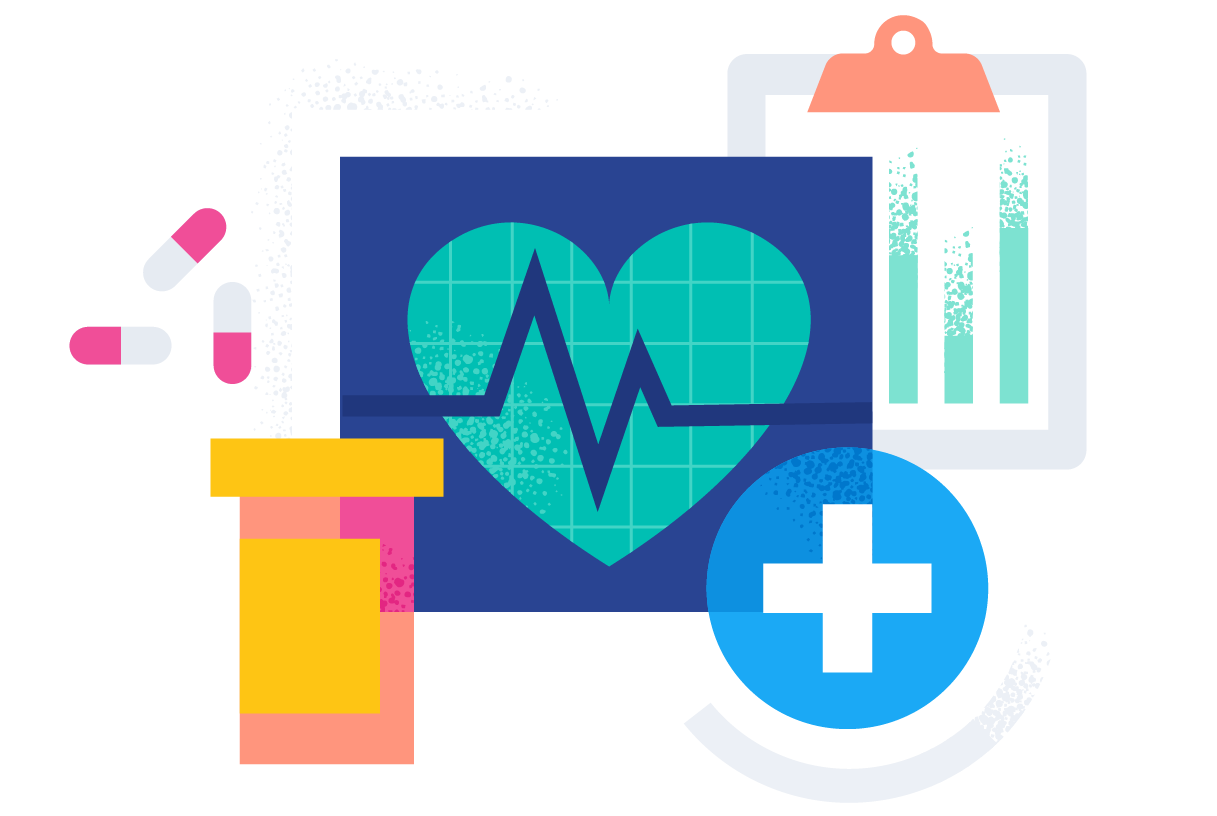Healthcare RCM: Optimize Revenue Cycle Monitoring for Better Results
Healthcare RCM: Optimize Revenue Cycle Monitoring for Better Results
Blog Article
A Comprehensive Overview on Exactly How Medical Care RCM Works to Improve Payment and Collections
Browsing the complexities of health care profits cycle administration (RCM) is crucial for suppliers aiming to improve their invoicing and collections processes. The overview unpacks the details of RCM, from client registration to accounts receivable monitoring, offering insights right into optimizing each action.
Recognizing Income Cycle Administration
Grasping the intricacies of Revenue Cycle Management (RCM) is essential for healthcare organizations intending to maximize their economic performance. RCM is a vital management feature that incorporates the whole financial procedure of client treatment, from the preliminary appointment readying to the last repayment of the equilibrium. It is a complex procedure developed to determine, gather, and manage the earnings from the services provided to patients. Reliable RCM ensures that doctor receive accurate and prompt payments, reducing the threat of revenue loss and boosting money flow.
The RCM procedure starts when an individual routines a consultation and prolongs through the patient's treatment journey, consisting of billing and collections. A crucial purpose is to decrease the time in between supplying a solution and getting repayment, hence enhancing the company's monetary health. RCM involves various functions such as client registration, insurance policy verification, charge capture, coding, asserts submission, settlement publishing, and dealing with rejections and appeals.
Trick Parts of RCM
In the world of Revenue Cycle Management (RCM), understanding its crucial elements is fundamental to accomplishing monetary efficiency within healthcare companies. RCM is a detailed procedure that incorporates various stages, each critical to making sure efficient invoicing and collections. The key elements consist of individual enrollment, insurance coverage verification, cost capture, coding, case entry, payment posting, and receivable management.


When coded, insurance claims are sent to payers, where precision is critical to avoid hold-ups or rejections - Healthcare RCM. Repayment publishing includes videotaping the received payments, which enables for the reconciliation of accounts. Last but not least, accounts receivable management focuses on tracking and dealing with unsettled insurance claims, ensuring prompt follow-up and resolution
Each element of RCM is interconnected, and ineffectiveness in any component can interfere with the entire cycle. For that reason, grasping these components is important for doctor to optimize revenue and boost their economic wellness.
Strategies for Effective Payment

Standardizing payment procedures across the organization is one more vital strategy. Establishing clear guidelines for documentation, coding, and submission assists preserve uniformity and conformity with regulative requirements. Educating personnel routinely on these treatments ensures every person is up-to-date with the newest modifications in billing codes and payer policies.
Precise charge capture is necessary in preventing income leakage. Applying routine audits and surveillance systems permits the identification and correction of disparities before they impact revenue. Additionally, keeping open lines of interaction with payers assists to rapidly settle any type of disagreements or misconceptions that might arise.
:max_bytes(150000):strip_icc()/health_care_sector.asp_Final-a32bc5773ace4e71b4e7dbbfd9b697f2.jpg)
Last but not least, appealing clients early in the payment procedure by offering clear estimates and educational products regarding their financial responsibilities can dramatically reduce complication and enhance payment timeliness. These techniques jointly add to a more monetarily healthy and balanced and efficient payment system.
Enhancing Collections Procedures
Given the intricacies of medical payment and the selection of payer requirements, enhancing the collections process entails applying calculated measures that make certain prompt and exact repayment of solutions provided. Automation tools can aid in tracking claim statuses, sending out timely pointers to patients, and taking care of denials extra properly.
Educating team to recognize the nuances of insurance plan and invoicing codes is similarly necessary. This expertise equips them to deal with payment inconsistencies promptly and communicate efficiently with patients regarding their economic duties. Moreover, clear and clear individual communications are essential. Providing in-depth explanations of fees and supplying versatile layaway plan can raise individual fulfillment and punctual repayments.
Normal audits of the collections process should be conducted link to determine areas for renovation and make sure compliance with regulations. By assessing data, medical care organizations can determine trends, expect prospective concerns, and adapt approaches as necessary (Healthcare RCM). Inevitably, a well-enhanced collections procedure not only supports monetary health however likewise adds to a much more smooth experience for clients and staff alike
Optimizing Profits Streams
Building upon the structure of a solid collections process, healthcare organizations can even more bolster their financial stability by purposefully maximizing earnings streams. This entails a multi-faceted approach, beginning with a detailed analysis of existing profits sources to determine inadequacies and locations for growth. Employing sophisticated information analytics devices allows companies to gain insights into payer mix, person demographics, and service use patterns, enabling data-driven choices that improve income capture.
Carrying out automated invoicing systems can significantly reduce errors and accelerate claims processing, ensuring that profits is collected extra efficiently. In addition, enhancing payer agreements via normal arrangements can boost compensation prices and terms, directly impacting the lower line. Expanding service offerings, such as integrating telehealth or health care, can also attract a broader individual base, hence boosting earnings capacity.
One more crucial part is enhancing patient interaction and complete satisfaction, as satisfied clients are extra likely to comply with therapy strategies and make prompt payments. Providing versatile settlement options and transparent billing practices can enhance collections and foster client loyalty. Healthcare RCM. By adopting these strategies, healthcare organizations can develop an extra durable financial click for info framework, making certain sustained development and stability in an ever-changing market landscape
Verdict
In conclusion, health care Income Cycle Administration (RCM) plays a vital role in maximizing invoicing and collections processes by incorporating crucial elements such as individual enrollment, insurance coverage verification, fee capture, coding, asserts entry, and balance due administration. By utilizing advanced innovation, standardizing treatments, and promoting individual engagement, healthcare carriers can dramatically reduce case rejections, accelerate repayment cycles, and enhance capital. This extensive strategy to RCM eventually causes boosted financial performance and sustainability for health care companies.
The RCM procedure starts when a client continue reading this timetables an appointment and extends through the person's treatment journey, including payment and collections.An additional important element is improving client involvement and contentment, as completely satisfied patients are a lot more likely to adhere to therapy strategies and make timely repayments. Supplying flexible settlement choices and transparent billing techniques can improve collections and foster individual commitment.In final thought, healthcare Income Cycle Management (RCM) plays a vital role in optimizing invoicing and collections procedures by integrating key components such as individual registration, insurance confirmation, cost capture, coding, declares submission, and accounts receivable administration. By utilizing innovative modern technology, standardizing treatments, and promoting client involvement, medical care carriers can considerably decrease claim rejections, speed up repayment cycles, and boost cash money circulation.
Report this page